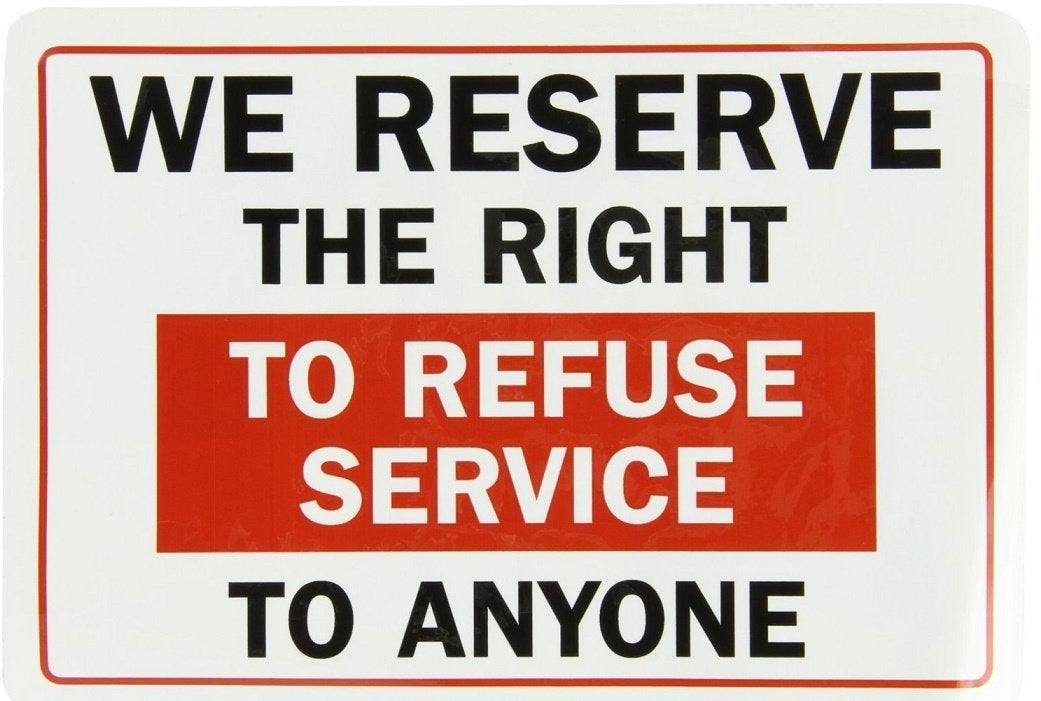One of the major battlegrounds in the fight over LGBT rights at the moment is Indiana’s new law permitting private business owners to discriminate against customers based on their religious beliefs.
To some extent, the issue echoes the early 1960s civil rights fight over segregated lunch counters. The 1954 Brown vs. Board of Education case had already made it clear that racial discrimination by government agencies was illegal under the 14th Amendment’s guarantee of equal legal protection for all citizens. But it seemed to many at the time that the same logic didn’t hold when it came to private companies’ discriminatory policies.
A 1961 Virginia Law Review paper, written by an author identified only as J.G.A., made the case that student protesters conducting sit-ins at segregated southern lunch counters weren’t protected under the 14th Amendment. The laws and court precedents of the time made it fairly clear that the federal government would offer no protections against discrimination by private actors.
The dicier question, J.G.A. wrote, was whether lunch counter owners could call on police—agents of the government—to remove black would-be patrons from a restaurant. The author concluded that it was within the rights of the private establishments to do so. Because they were legally permitted to deny protesters service, sit-in participants who remained after being asked to leave could be arrested under trespass or breach-of-the-peace statutes.
Ultimately, Congress did an end-run around the issue, basing broad anti-discrimination rules in the Civil Rights Act of 1964 on the Commerce Clause instead of the 14th Amendment. As Ira Michael Heyman wrote in The Supreme Court Review in 1965, the logic linking a restaurant’s discrimination against black patrons to the federal law covering interstate commerce was a bit muddy. The reasoning in some related court cases hinged simply on the fact that restaurants served interstate travelers or bought supplies from other states. As Supreme Court Justice Arthur J. Goldberg wrote, this didn’t get at the heart of the issue, which “is the vindication of human dignities and not mere economics.”
Nonetheless, the Civil Rights Act did its job, making it clear that explicit racial discrimination was illegal, even in the private sector. The history here underscores the way that protection of the law often follows from social change, rather than from constitutionally defined human rights. Lunch counter sit-ins didn’t just call the question of what the law allowed. They also brought the moral question of racism into mainstream white consciousness.
Today, the same social change is playing out around gay rights, with public approval of same-sex marriages growing enormously in recent years. Now the question is when laws in Indiana and other states will catch up.







